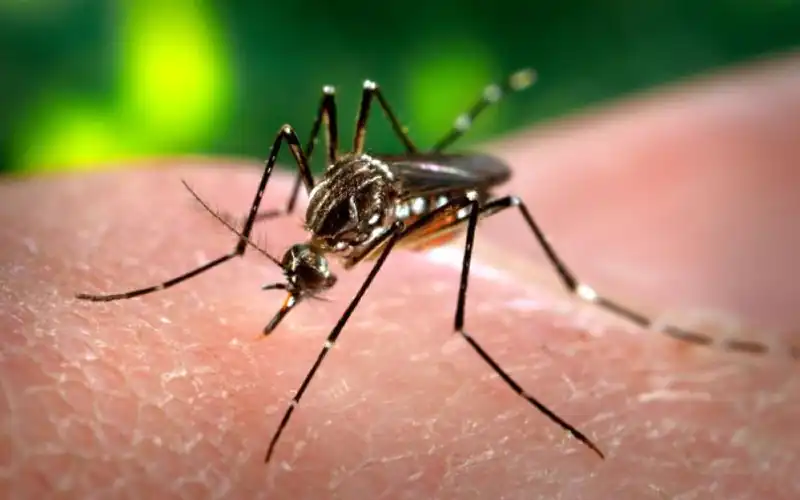The World Health Organization (WHO) has issued a strong warning about a potential global chikungunya virus outbreak, urging immediate preventive measures to avoid a repeat of the large-scale spidemic seen two decades ago.
Chikungunya, a mosquito-borne virus, causes high fever, severe joint pain, headache and fatigue. While rarely fatal, the illness can be debilitating, with joint pain lasting for weeks and or even months.
In vulnerable populations such as elderly, infants and those with chronic diseases, complications can be serious.
WHO’s Diana Rojas Alvarez said, “Chikungunya is not a widely known disease, but it has been detected in 119 countries, placing 5.6 billion people at risk.”
She recalled the 2004-05 outbreak that started in Indian Ocean islands and spread globally, infecting nearly half a million people. Today, similar early warning signs are appearing, she said.
Since early 2025, major outbreaks have been reported in Reunion, Mayotte and Mauritius with one-third of Reunion’s population estimated to be infected, she told a press briefing in Geneva.
Like 20 years ago, the virus is also spreading to Madagascar, Somalia and Kenya with epidemic-level transmission seen in parts of South Asia, she added.
In Europe, imported cases have surfaced, linked to the Indian Ocean outbreak. France has reported local transmission, while Italy has recorded suspected cases.
Risk and Cautions
Medical care focuses primarily on relieving symptoms such as fever and severe joint pain, which can be debilitating for patients.
The virus presents symptoms similar to those of dengue and Zika, making accurate diagnosis more difficult.
Prevention remains key, with health experts advising the use of mosquito repellents, wearing long-sleeved clothing, and maintaining proper sanitation to reduce mosquito breeding.
The World Health Organization (WHO) has warned that factors like climate change, rapid urbanization, and increased global travel are contributing to the wider spread of the Chikungunya virus, raising serious public health concerns.











